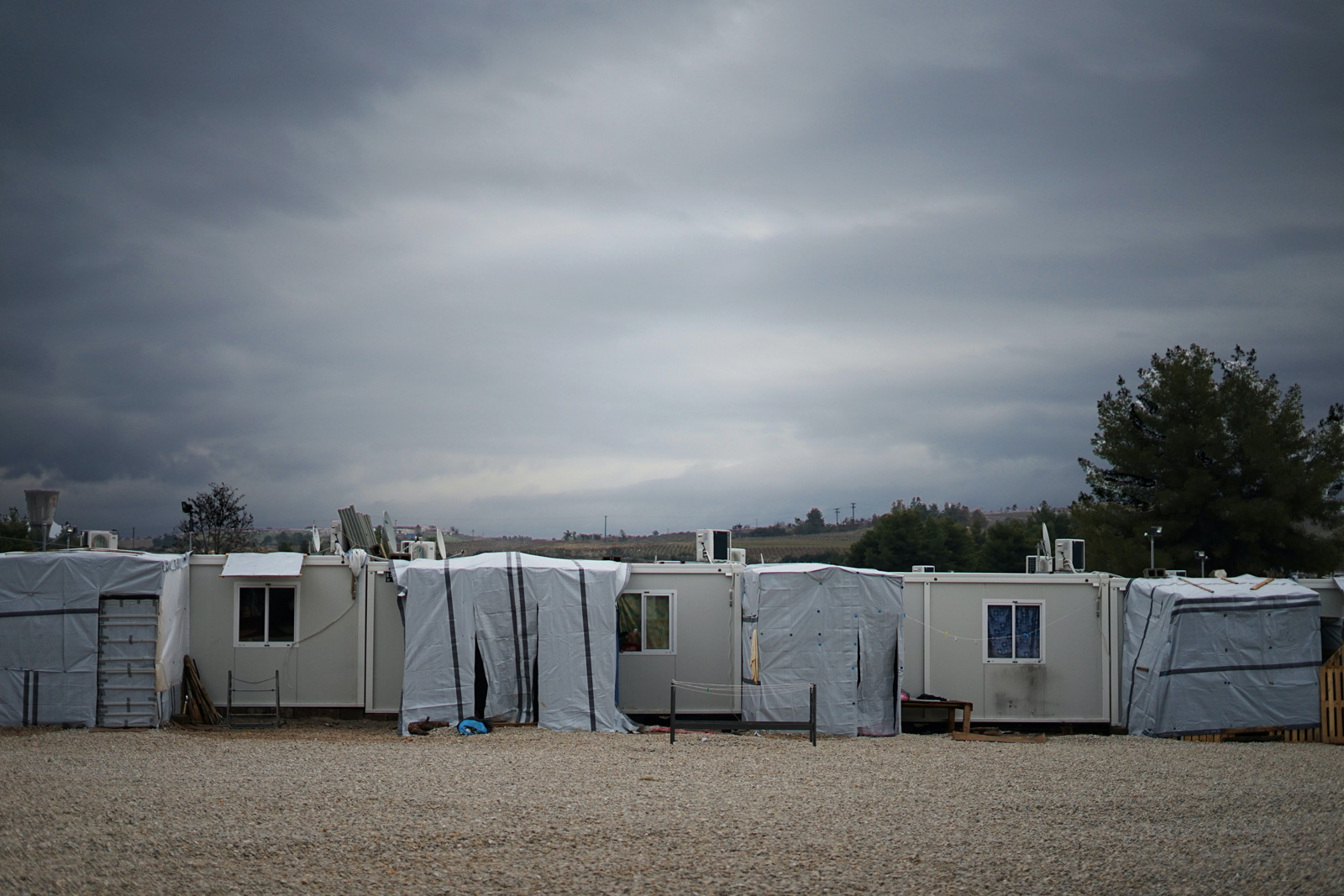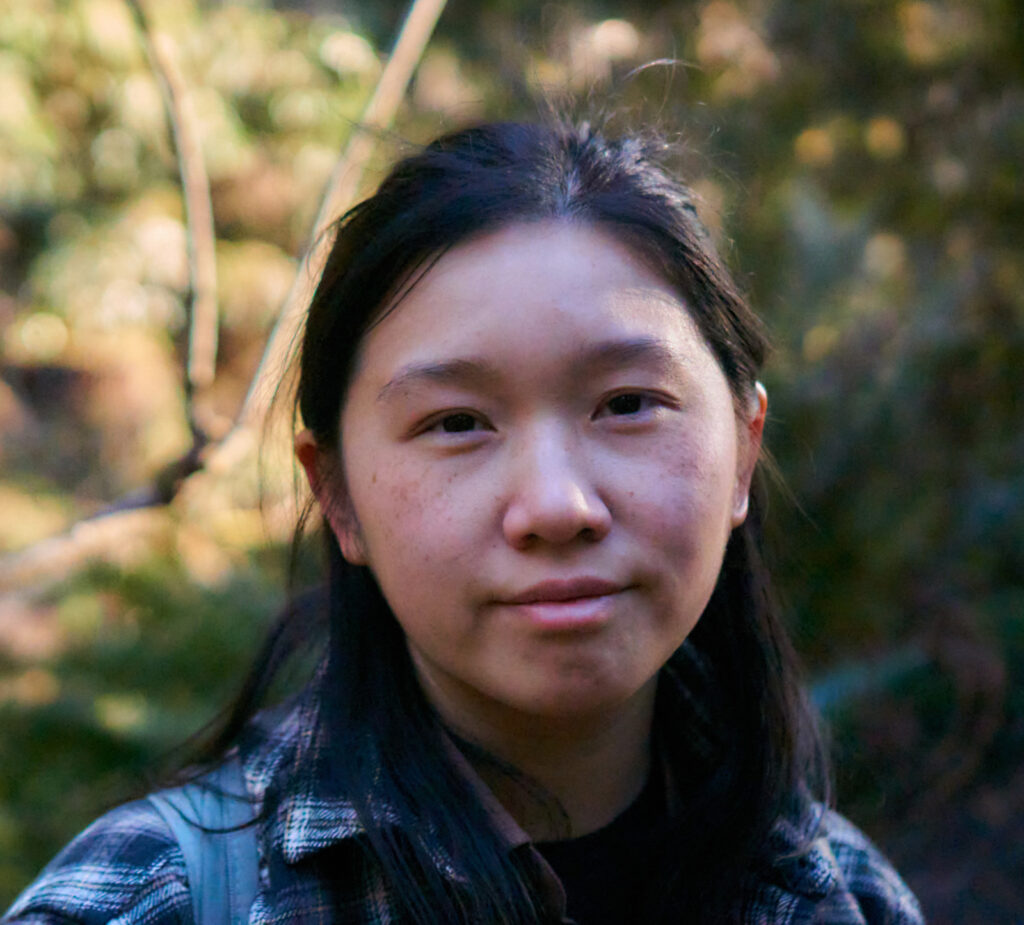
Filter by Columns


In 2015, the United Nations released its first 360-degree virtual reality film, Clouds Over Sidra. While the film went on to help raise millions of dollars for Syrian refugees, what assumptions underlie the film, how might they be harmful, and what could have been done instead?
Whether they’re ready or not, the suits, ties, and heels at the 2015 World Economic Forum are about to be transported to the desert of northern Jordan, just south of the border with Syria. Orienting themselves according to the headset over their eyes, they are about to enter the United Nation’s first 360-degree virtual reality (VR) film, Clouds Over Sidra.
The film begins, and a quiet landscape fills their field of vision. Footsteps and tire tracks cover the ground, and an easy wind moves through the brush. A soft voice tells us how her kite got stuck in a tree the week she left Syria. She wants it back.
The next scene takes us into a bedroom where we see our protagonist, Sidra, sitting on an array of yellow cushions. She is 12 years old and has been living in the Za’atri Refugee Camp for the last year and a half.
Sidra’s narration walks us through scenes of daily life in the camp: a school, internet cafe, bakery, and more. Throughout the film, we see glimpses of the blue United Nation High Commissioner for Refugees (UNHCR) logo on the vests of staff and on the tent wall over Sidra’s family during a meal.
By some accounts, the film is a success. After the screening in Davos, Switzerland, the film was played at another convening of world leaders at a pledging conference for Syria in Kuwait. “After four years of conflict, we are at a tipping point,” said High Commissioner for Refugees, António Guterres. “It is clear that the world’s response to the crisis in Syria cannot be business as usual. The situation is becoming unsustainable.” At that conference, donors pledged $3.8 billion to help humanitarian organizations deliver food, water, shelter, and other urgent needs to millions of people, a $1.4 billion increase from the previous year’s pledges. The UN’s Virtual Reality website affirms VR’s ability to move audiences, stating “Preliminary evidence has shown that VR is twice as effective in raising funds.”
In the face of one of the world’s worst humanitarian crises, the urge to help is human. Social scientists broadly define the desire to help as a prosocial behavior, and empathy is an influencing factor in whether or not a person is motivated to do so. With its immersive capabilities, VR has been called the “ultimate empathy machine” for allowing users to feel as if they are there in someone else’s story. While there has been varied research on the relationship between VR and empathy enhancement, social and humanitarian causes have been keen on using the technology to generate support to move audiences towards action.
At Stanford University, researchers have developed the interactive VR experience “Becoming Homeless” to understand the technology’s effect on a user’s empathy. Over the course of seven-minutes, users lose their jobs and homes while making a series of decisions such as choosing what items to sell in an apartment to pay rent. After the experience, participants were found to have more positive attitudes towards homeless people than participants who only read a text of the scenario or interacted with a version of it on a computer. Participants of the VR experiences were also more likely to support affordable housing by signing a petition.
While “Becoming Homeless” is an interactive experience, Columbia’s Graduate School of Journalism has researched the empathetic response of 360-degree videos, a category that Clouds Over Sidra falls under. Researchers studied three VR videos of differing stories: one set at a refugee camp in France, one following a typical day of a girl on the Kenya/Tanzania border, and another detailing Alaska’s melting glaciers. Researchers found that the VR format also prompted a higher empathetic response than that of just 2-D photography or text. Participants were also more likely to take political or social action after viewing the VR videos.
On one hand, pledging more money, signing a petition, or taking political action for a cause can be seen as helpful acts underpinned by empathy and enhanced by VR. In the case of Clouds Over Sidra, the funding pledged was for life-saving resources for millions of displaced Syrian refugees. However, seven years later, the Syria conflict sees no end in sight, and in a new research paper Moe Suzuki critiques the empathy generated by the film.
Gabo Arora, director of Clouds Over Sidra, writes that those experiencing his films for the first time are often stirred by a connection they did not expect with someone they thought of as different. “The shared humanity is what moves people the most” he says. It is this shared humanity that Suzuki argues is an “always already colonial and racial” concept. It assumes one must welcome an “other” who is not as human.
The VR experience of Clouds Over Sidra is therefore a potentially effective fundraising machine but faces limitations when attempting to show users what it’s truly like to walk in someone else’s shoes. Paul Bloom, professor of psychology at the University of Toronto, writes that “The awfulness of the refugee experience isn’t about the sights and sounds of a refugee camp; it has more to do with the fear and anxiety of having to escape your country and relocate yourself in a strange land.” Suzuki describes the equivalence of a VR experience to real life as a “false sense of intimacy” that instead serves the refugee experience as content to be consumed by those in power.
As a technology specialist with the CDAC Network for communicating with disaster-affected communities, John Warnes observed participants watching and interacting with the film at the 2015 World Humanitarian Summit Global Consultation in Geneva, Switzerland. He writes he “couldn’t help but feel awkward observing suited-and-booted types laughing at the nature of the experience, and having difficulty in orientating themselves in a virtual-reality camp-city.” Warnes goes on to write that refugees “need to be listened to… The real stories of these refugees should capture their specific feedback on what is happening to them, what can be changed and made better about the aid they receive.”
What began as peaceful protests against the Syrian government has turned into an 11 year conflict drawing in numerous rebel groups, terrorists, and proxy wars backed by Russia, the United States, Iran, and Turkey to name just a few. Presently, officials from the UN and European Union stress that a political solution is needed. But in a story set in the largest Syrian refugee camp on Earth and shown to hundreds of world leaders, politics is largely ignored. With the power of VR to heighten emotional reactions, Clouds Over Sidra had an opportunity to challenge world leaders and communicate the root causes of the conflict in a way to motivate audiences to pursue long-term strategies for peace.
Like the printing press, the camera, and the video recorder before it, VR films will be powerful tools for storytelling. But as we embark in a future where our technologies are advancing faster and faster, we will need to ensure that our stories are not enhancing “otherness” and consider what actions really help progress a social cause, with or without donning a headset.
This post was originally titled “Augmenting Reality.” The title has been adjusted to avoid confusion with augmented reality VR technology.

Judy Jiang is a writer based in Oregon. She has a background in engineering and has contributed to several international projects for water and development for both nonprofits and government agencies.
Website: judyonpaper.com
Twitter: @JudyJuniper